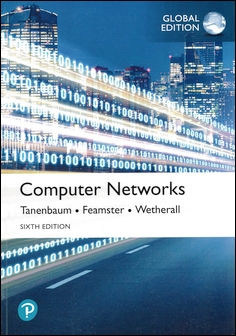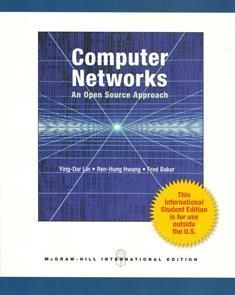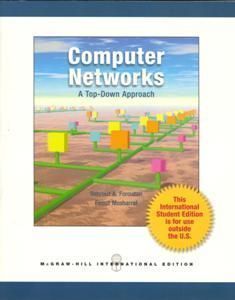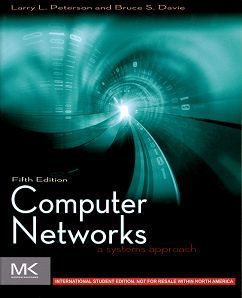書籍分類
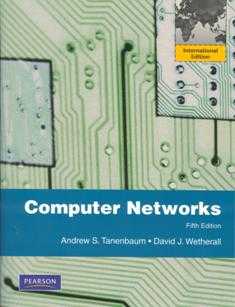
Computer Networks 5/e
作者:Andrew S. Tanenbaum, David J. Wetherall
原價:NT$ 1,300
ISBN:9780132553179
版次:5
年份:2011
出版商:Pearson Education
版次:5
年份:2011
出版商:Pearson Education
內容介紹 本書特色 目錄
- Description
Tanenbaum takes a structured approach to explaining how networks work from the inside out. He starts with an explanation of the physical layer of networking, computer hardware and transmission systems; then works his way up to network applications. Tanenbaum's in-depth application coverage includes email; the domain name system; the World Wide Web (both client- and server-side); and multimedia (including voice over IP, Internet radio video on demand, video conferencing, and streaming media. Each chapter follows a consistent approach: Tanenbaum presents key principles, then illustrates them utilizing real-world example networks that run through the entire book—the Internet, and wireless networks, including Wireless LANs, broadband wireless and Bluetooth. The Fifth Edition includes a chapter devoted exclusively to network security. The textbook is supplemented by a Solutions Manual, as well as a Website containing PowerPoint slides, art in various forms, and other tools for instruction, including a protocol simulator whereby students can develop and test their own network protocols.



